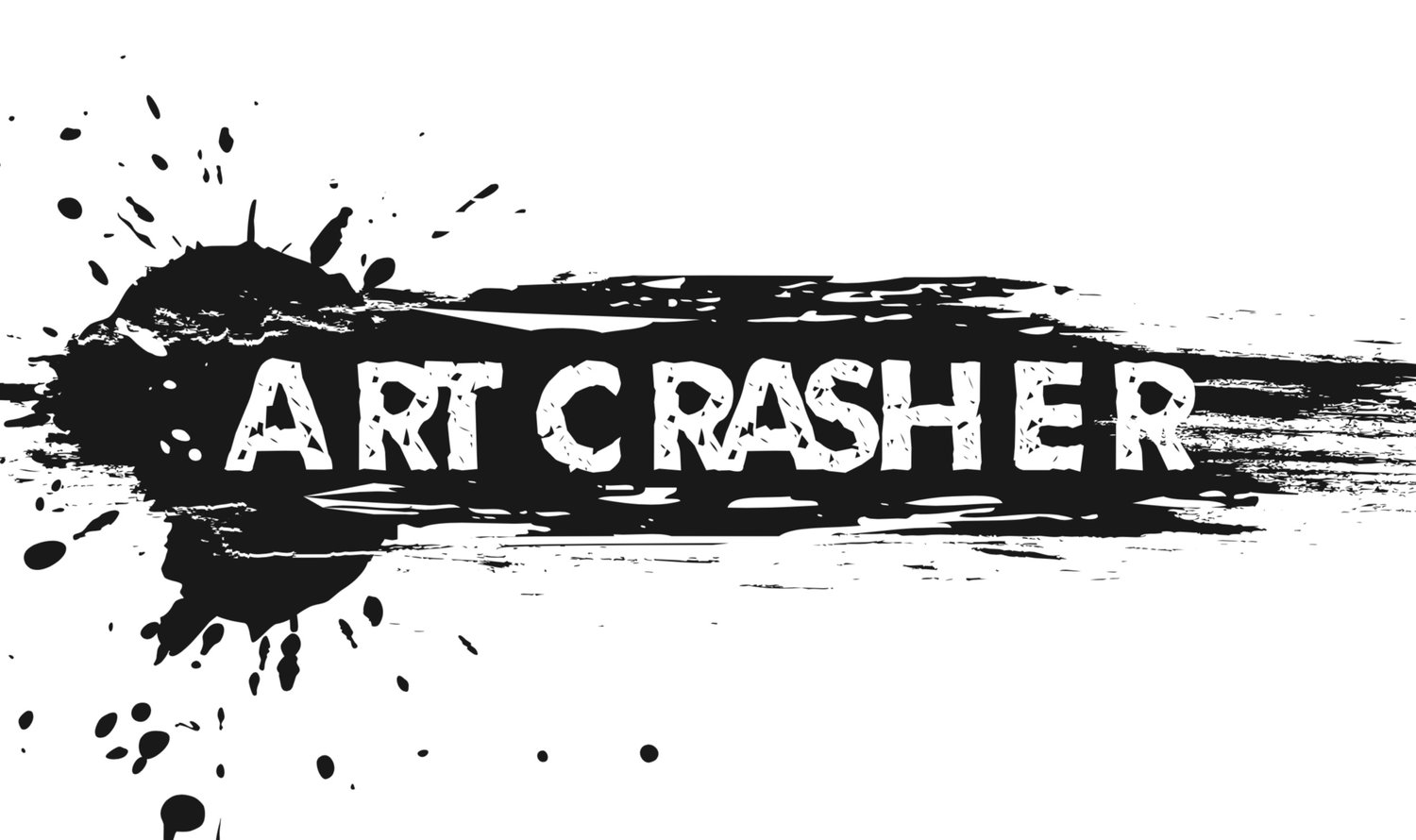Monet's "Charing Cross Bride".
You may have heard of overprotective parents before, but Radu Dogaru's mother has taken the notion of "overprotective" to a new and frightening level. Olga Dogaru was determined to destroy all and any evidence when her son Radu Dogaru and his accomplices Darie Eugen and Adrian Procop were charged with the theft of several paintings from Rotterdam's Kunsthal museum. Picasso's "Harlequin Head", Henri Matisse's "Reading Girl in White and Yellow", Claude Monet's "Charing Cross Bridge" were among the stolen paintings.
Henri Matisse's "Reading Girl in White and Yellow"
The paintings are worth over $120 million, but for art lovers the paintings are invaluable. Despite the art world's anger and heavy hearts, there is a glimmer of hope for the other works Dogaru and his gang stole may still be out there in tact.
Theft is not new to the art world. Some of the world's most prized pieces of art have been stolen:
Munch's "Scream" and "Madonna"
Munch's "Scream"
Munch's "Scream" and "Madonna" were stolen in August of 2004 from the Munch Museum in Oslo in broad daylight. Although Norwegian police arrested a suspect in 2005, the paintings were not recovered until 2006. Following the robbery, the Munch Museum remained closed for 10 months for a security overhaul.
Picasso's "Le Pigeon aux Petits Pois"
This 1911 painting was one of five painting stolen from the Musée d'Art Moderne de la Ville de Paris in May 2010. "The painting has been confirmed as discarded, as the thief threw it in a trash container shortly after the theft. The container was emptied before it was discovered where the painting could be found."
Picasso's "Le Pigeon aux Petits Pois"
Leonardo da Vinci's "Mona Lisa"
"Mona Lisa"
This now famous painting wasn't widely known at the time of the robbery in 1911. In fact, the robbery is credited with making it famous. Newspapers around the world ran headlines about the missing masterpiece after it was stolen from the Louvre by three Italian handymen dressed as gallery workers. It was recovered in 1913 after one of the thieves tried to sell it.



